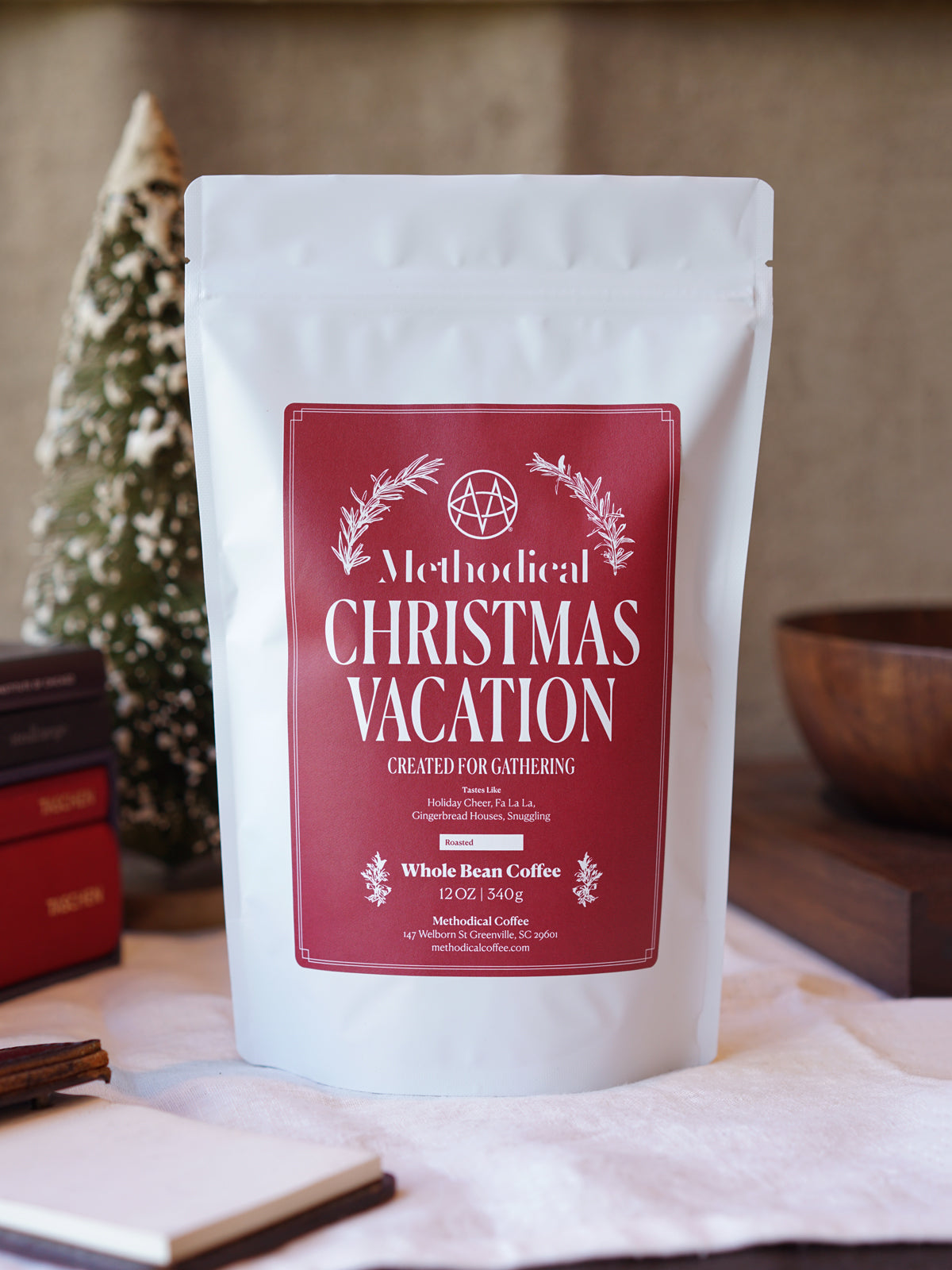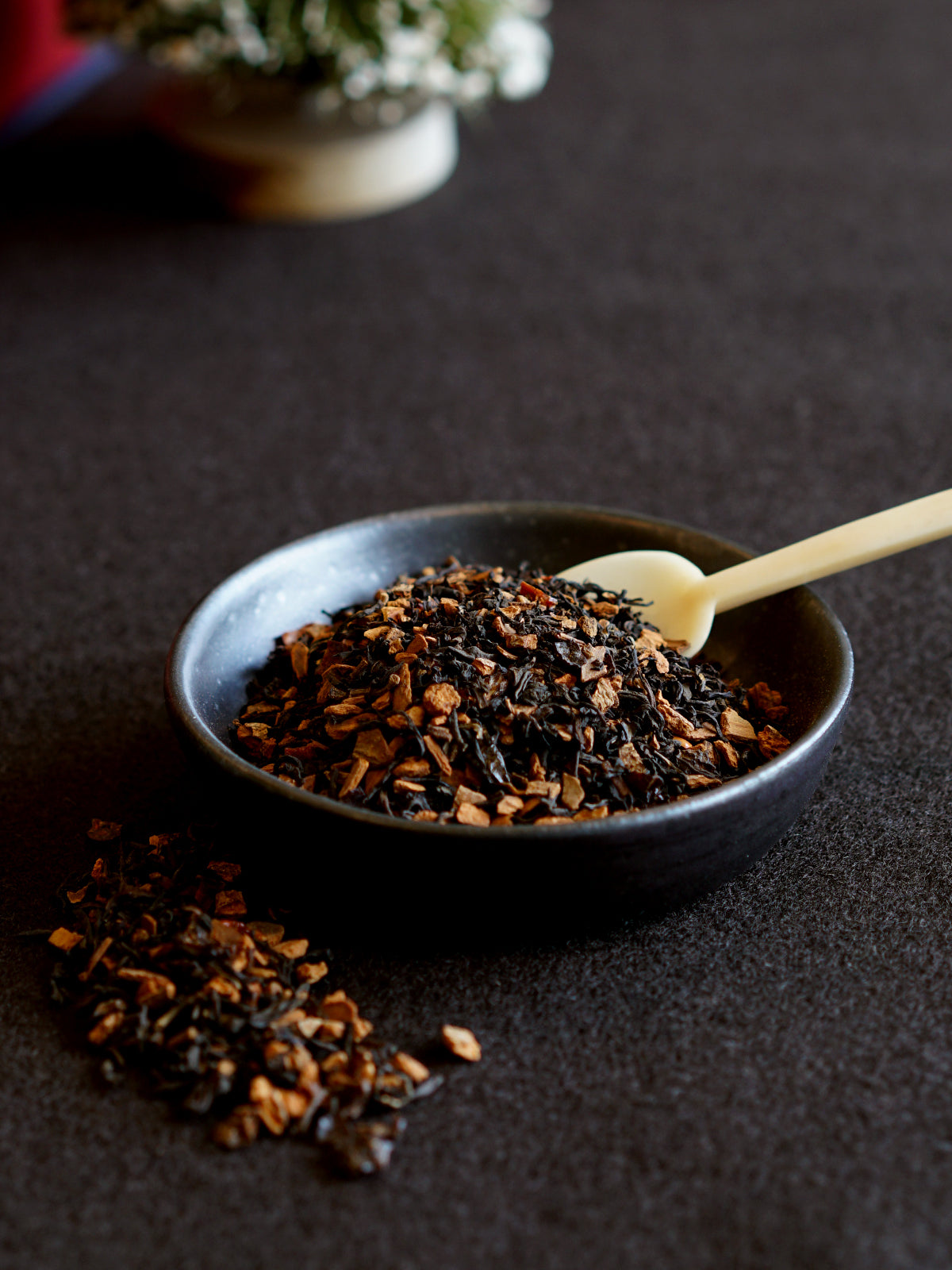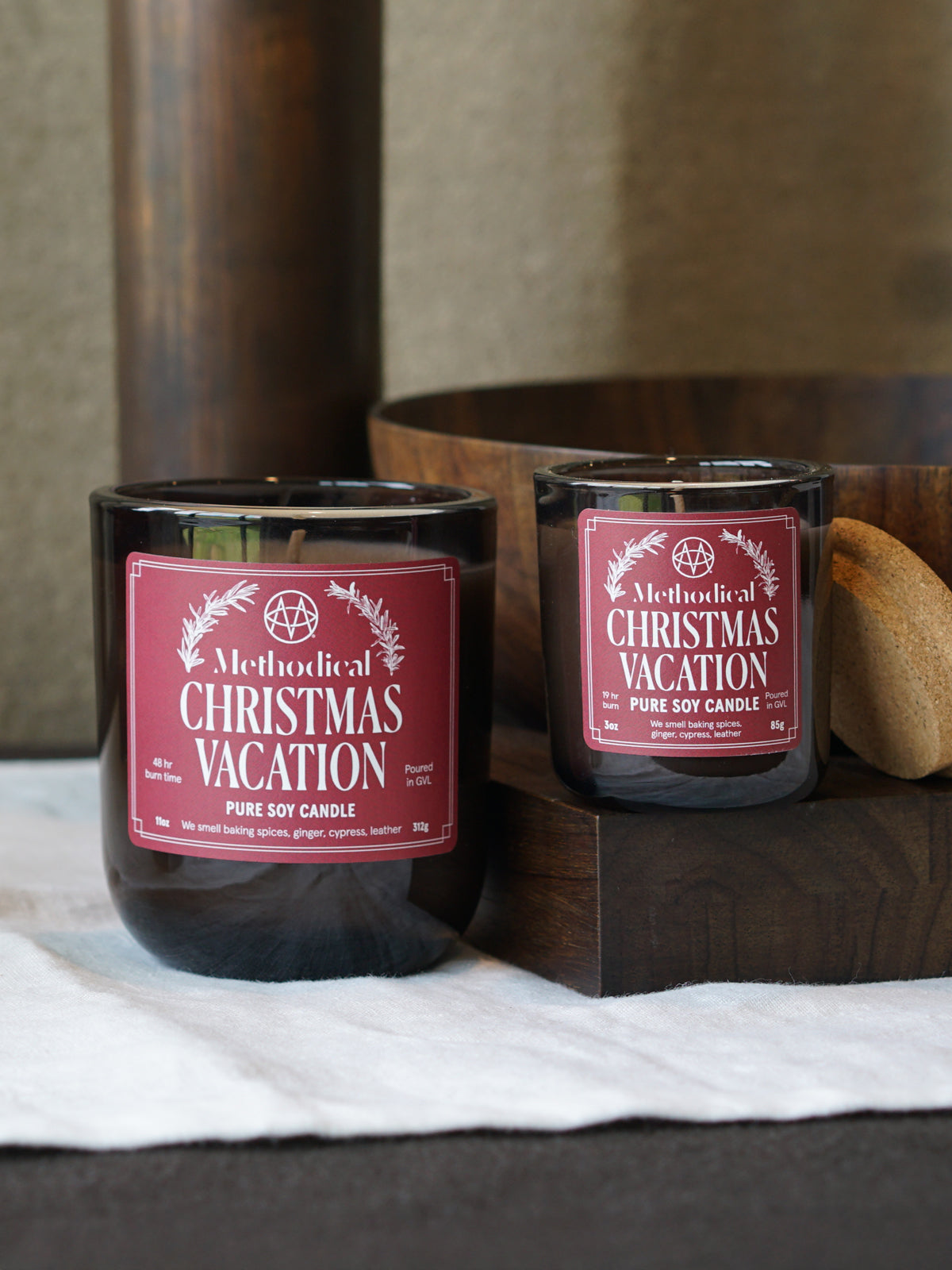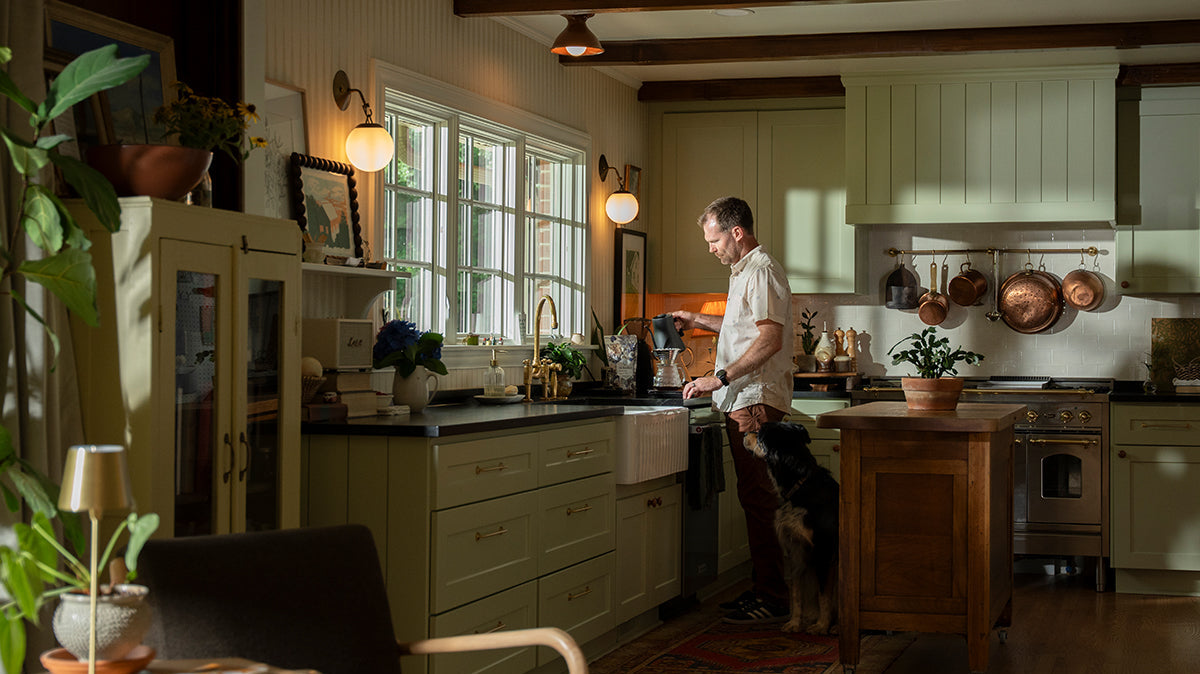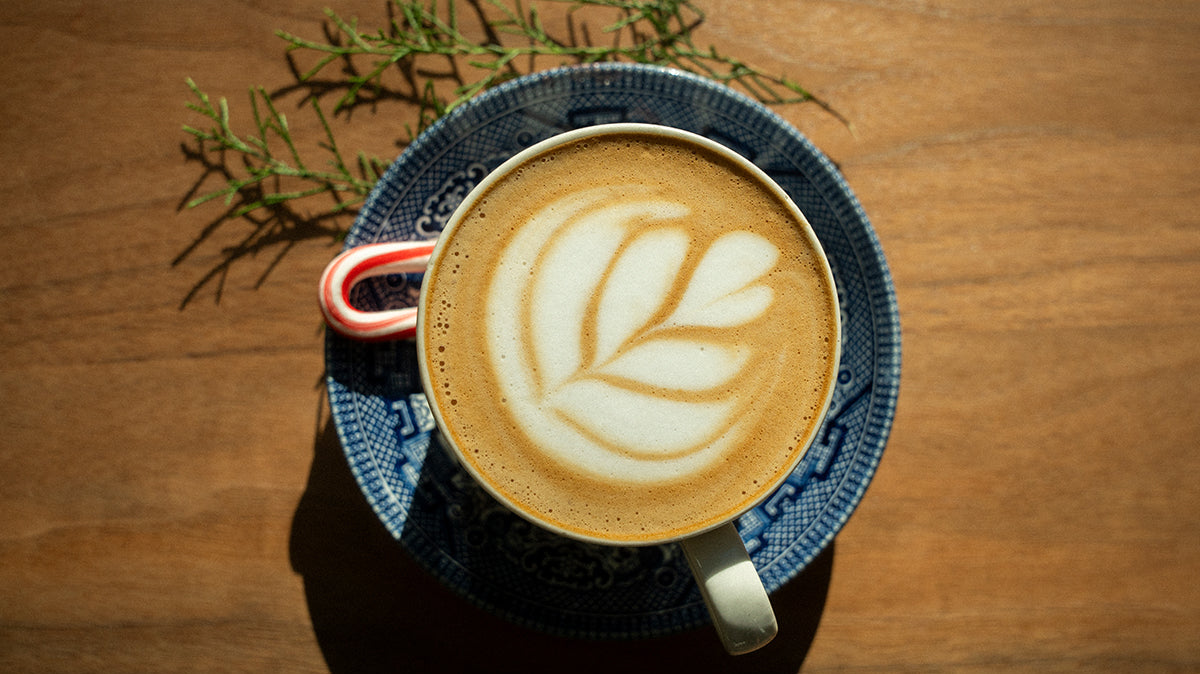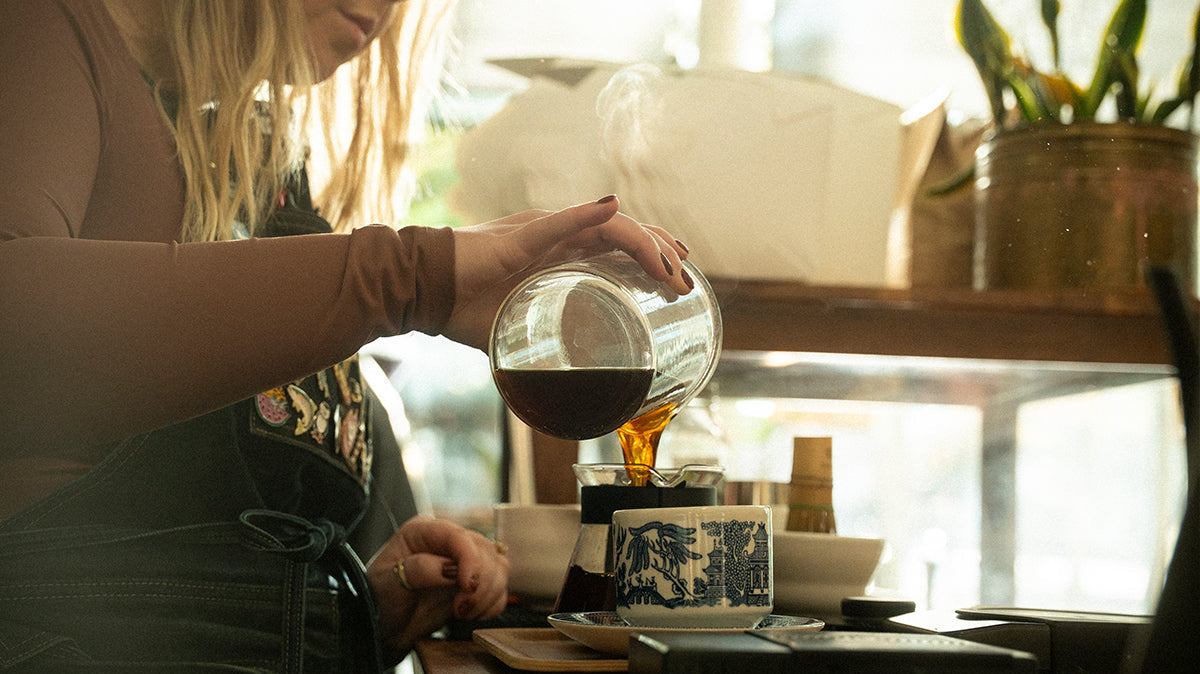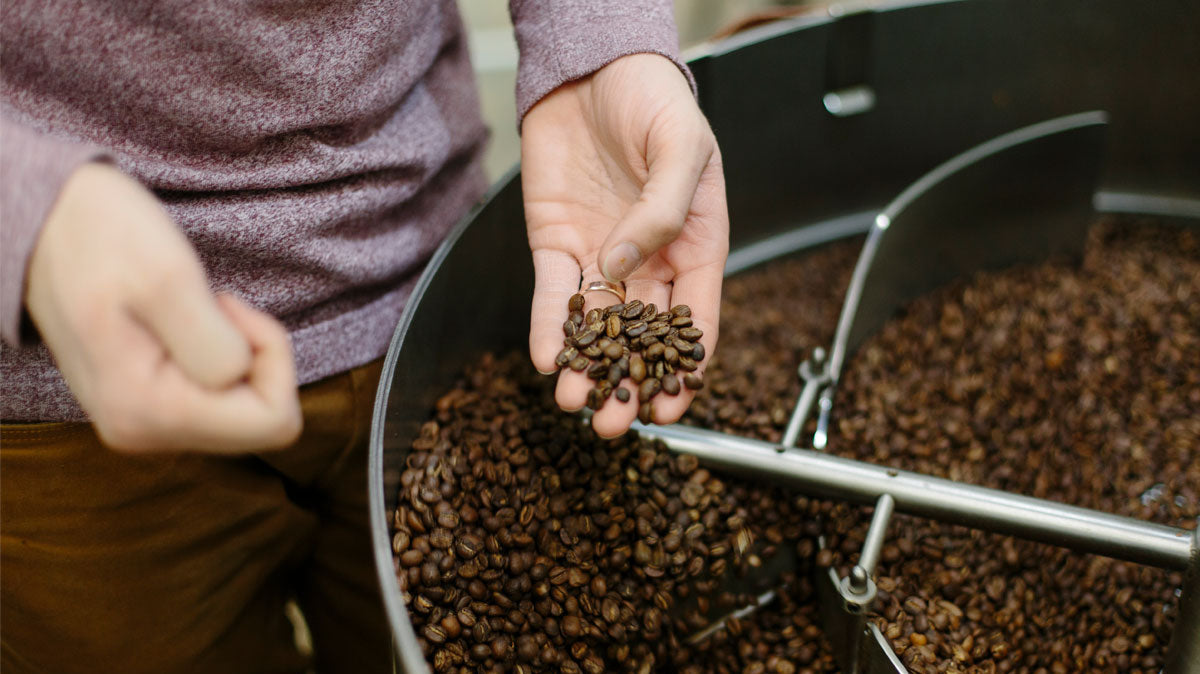There are innumerous coffee brewing gadgets on the market. Some cost less than $10 and some cost more than your car. Some are super slick and gorgeous, and others are ugly and basic. As simple as brewing coffee can be, it can also be a very intimidating craft to navigate. In this guide, we'll dive into the best coffee brewing methods and equipment to help you avoid unnecessary cost and frustration while getting the perfect at-home coffee setup, brewing, and equipment.
How Coffee is Brewed
Coffee is brewed by water dissolving the soluble materials in the coffee. It’s the soluble materials that produce the flavor and aroma that we so cherish in our coffee. To brew a good cup of coffee, you have to start with quality beans. Beyond the coffee beans, there are several components that influence the flavor of a cup of coffee: the ratio of coffee beans to water, grind size, water temperature, brew time, and brew method.
What is Coffee Extraction
Coffee extraction is the act of dissolving coffee’s soluble materials like caffeine, acids, sugars, lipids, and carbohydrates. The goal is to extract coffee’s soluble materials in a way that produces a flavorful and pleasant cup of joe. We manage extraction through the water temperature, grind size of the coffee, agitation, and time.
How Grinding Affects Coffee’s Flavor
The finer you grind the coffee the more surface area you’re creating for water to dissolve the soluble materials, but this doesn’t mean grinding coffee finer will result in a stronger cup. It is possible to over-extract or under-extract coffee. Coffee that has experienced over-extraction (where the grind is too fine or brewed too long) tastes bitter as the bitter-tasting solubles overwhelm the sweetness whereas coffee that is under-extracted (where the grind is too coarse or brewed too quick) will taste sour as it’s lacking the sweetness and acidity that gives it balance. The key is to give water the proper amount of time to extract the proper amount of solubles to produce a balanced cup and we control that by both grind size and brew time. Getting extraction right is called “dialing in” and is probably going to be your greatest challenge. But don’t worry, we’re here to help you.
Learn more: 7 Best Coffee Grinders for Coffee
2 Primary Styles of Coffee Brewing
-
Brewing coffee by Immersion
Coffee brewed by immersion is when ground coffee is submerged in water for a period of time. French press, Aeropress, clever dripper, cold brew, Turkish coffee, and siphon are just a few types of brewing by immersion. In these brew methods, there is no movement or pressure other than the occasional stir. You’re just letting the water do its thing.
-
Brewing coffee by Infusion
Coffee brewed by infusion is when water moves through ground coffee by letting gravity draw it through but espresso kicks this up a notch by forcing pressurized water through finely-ground coffee. Your home coffee maker, percolators, Aeropress (different technique), pour overs, and espresso are the common types of brewing by infusion.
Coffee Brewing Methods
There are numerous methods for brewing coffee, but what is best for you comes down to how involved you want to be as well as how you like your coffee. If you want to have full control over every aspect of the brewing process, you’ll want to build your own manual brew kit. A lot of people find manual brewing meditative and prefer the simplicity of it. And because you have complete control over every aspect of the brewing process, you can really perfect your brew. But if you want coffee made quickly and without a lot of fuss, an automatic machine may be more for you. Here is a list of our recommended coffee brewing methods listed by the most simple and affordable to complex and expensive.

French Press
The french press is one of the simplest ways to brew coffee by immersion and is more forgiving. Because french presses typically have a metal filter, you’ll want to grind your coffee more coarse to avoid grit in the bottom of your cup. View our brew guide for french press.

Clever Dripper
The clever dripper also brews by immersion but uses a paper filter which creates a cleaner cup of coffee as more of the oils are caught by the paper filter. And when you see it in action, you’ll understand why it’s “clever”.

Kalita Wave
The Kalita Wave is our favorite device for brewing a pour over. Kalita also makes the Style Set which includes a graduated vessel to brew into. This gives you precision when brewing more than one cup. But if you’re a single cupper, the Kalita Wave is a great alternative. View our brew guide for pour overs.

Chemex
Chemex is similar to Kalita in that they both brew by infusion, but the shape of the filter is quite different. Chemex filters end up forming a cone shape, pushing the ground coffee to a point, whereas Kalita Waves are flat bottomed. Which to use is purely personal preference.

Aeropress
Aeropress is a fascinating device in that there are countless recipes and techniques available for this one method. It can brew by either immersion or infusion, and with Fellow’s Prismo attachment, you can even produce a cup similar to espresso.

Bonavita
Coffee makers combine the hot water source, the brew vessel, and automates the infusion brewing. While this creates a more convenient experience, you lack the precision of manual brew methods. But for the price, it’s hard to beat Bonavita’s ability to brew a consistently good cup of coffee.

Moccamaster
Technivorm Moccamaster is known for its water temperature precision and build quality. With a more aesthetic design and better build quality, Moccamaster is a coffee maker you won’t mind displaying on your countertop.

Ratio
If you’re looking for the ultimate in aesthetics and quality, Ratio is what we’d recommend. These machines are made from top quality materials and you will definitely want to showcase it on your countertop.

Moka pot
It is possible to create a cappuccino without an espresso machine. A Moka pot is a stovetop device that heats water in a lower chamber and forces the water through ground coffee into an upper chamber once enough pressure has built up. This creates a rich coffee similar to espresso. And by using a french press as a frother, you can create a foamy rich espresso-like beverage.

Breville Barista
Breville Barista may not be the most affordable home espresso machine on the market, but they are worth your money. Quality of build is the biggest differentiator as espresso machines hold hot water under pressure for extended periods of time and need quality parts to provide consistent pressure and temperature for each shot pulled and while steaming milk. Anything cheaper than this you’ll want to get from Bed, Bath, and Beyond because you’ll probably be returning it.

La Marzocco Linea Mini
La Marzocco makes some of the best commercial grade espresso machines around, but their Linea Mini packs commercial quality into an accessible price. With this machine and a good grinder, you’ll be capable of making cafe-grade espresso drinks in the comfort of your own home.
4 Accessories all home barista’s will need
No matter the brew method, there are some devices you will need to perfect that home cup of coffee.

-
Baratza Encore Grinder
Baratza makes our favorite home grinders. They’re affordable, quality, and they’re a great company.

-
Fellow Stagg Kettle
We’re big fans of Fellow and use them in our cafes. You’ll want a gooseneck kettle over a typical tea kettle because the gooseneck will give you more precision while pouring. We recommend the electric kettle, but the stovetop will also work great.

-
Hario Scale
Really any kitchen scale will do, but we’re fans of the Hario scale. It’s accurate and durable while still being affordable. Scales are incredibly important as measuring out your beans and water isolates your variables making consistency more obtainable.

-
Acaia Pearl Scale
Acaia makes beautiful scales that also contain some fancy technology.
Now that you’ve got a good lay of the land, our hope is that you feel more at ease. As it says on the back of our coffee bags, there is a beautiful paradox in the simplicity of brewing coffee and the complexity of its mastery. It’s a fun craft to pursue, but never forget that the whole point is to enjoy each cup no matter where you are on your journey. And we hope you’ll enjoy Methodical. Take a look at our selection of whole bean coffee and find one you’d like to try your hand at brewing.
You might also like:
